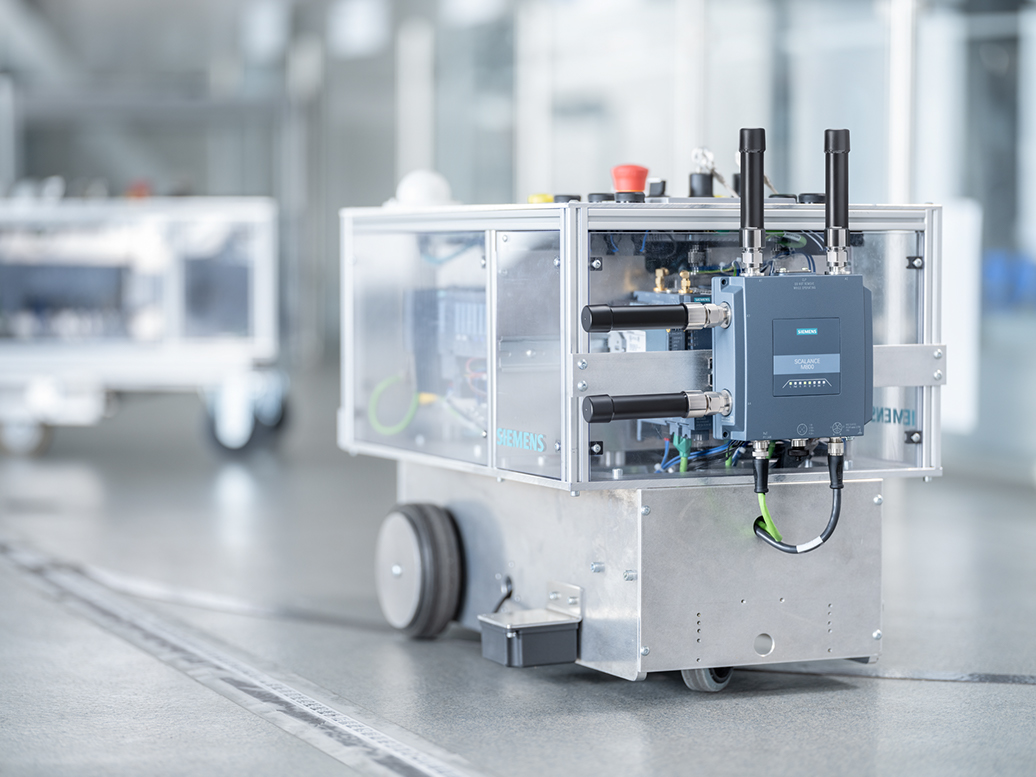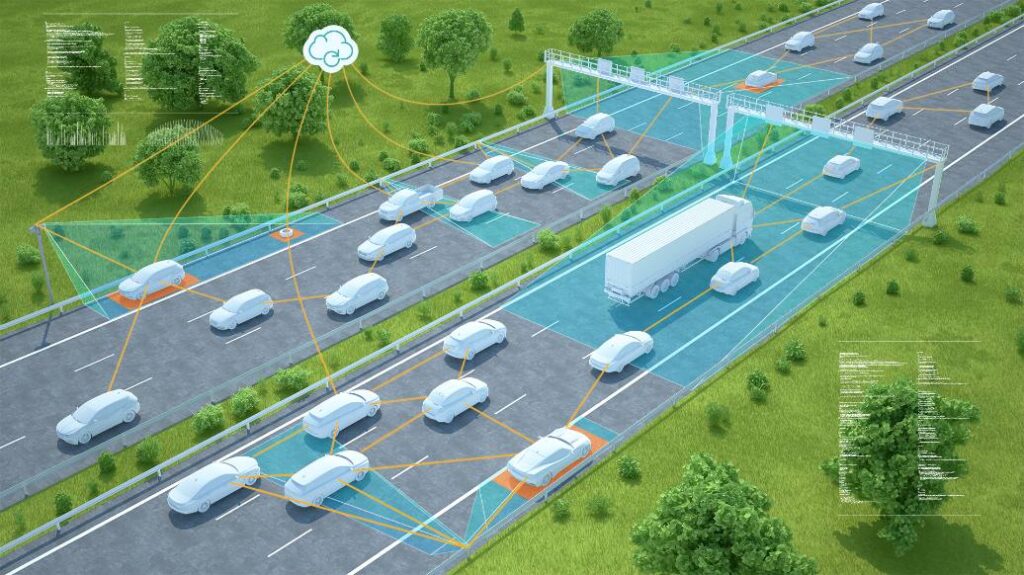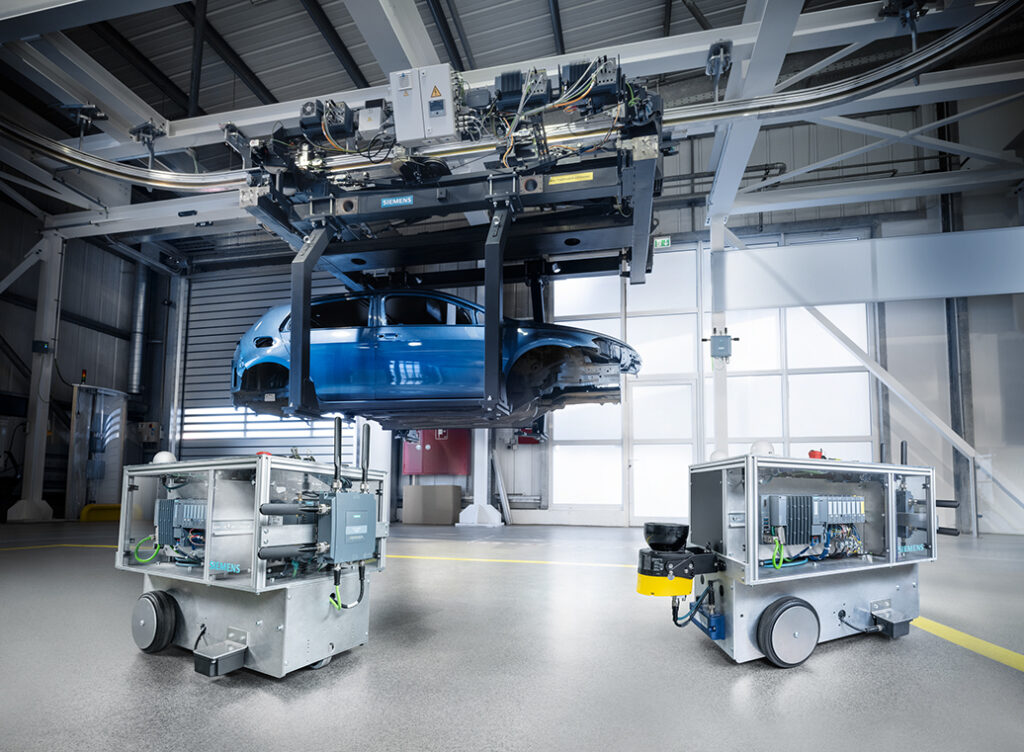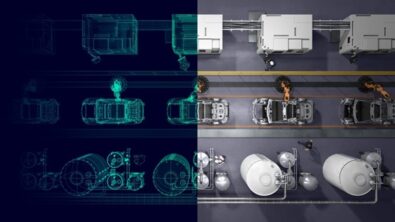5 Questions About 5G Technology

5G is new and, beyond what you may have seen on mobile phone commercials, it’s not as prevalent as perceived. Where does 5G stand nowadays? And what will manufacturers be able to accomplish in the future with the right 5G technology?
Here are five questions about 5G technology.
What is 5G technology and what is the reality of 5G today?
5G is the next generation of mobile technologies and is the basis for moving forward to provide more data capacity. That means faster Internet on your mobile phone with the ability to provide more data, which decreases latency between the mobile device or any entity connecting to a network for data. This means, with 5G technology, you are able to access and send larger files, stream movies, and play games in real time from your mobile device just about anywhere that has 5G coverage.

Improvements in communication and the initial application of 5G are today implemented mostly based on the older 4G radio technology and core network. The downside is that adding 5G to 4G equipment is expensive and it increases the radio unit cost. On the other hand, it’s easier to develop and add new features quickly, which is how industry went forward to develop the first 5G radios about a year ago.
Companies and manufacturers are continuing to notice the benefits of 5G and that to optimize its use means investing in radios that are built from the ground up for 5G so they are faster, smaller and provide better coverage. To get there, companies are looking at developing their own proprietary radio system on chip (SoC) chipsets themselves so that they can optimize them for performance cost reduction.
5G technology still has challenges to overcome, as it overlaps with 4G technology in which the radio is still functioning at below 6 gigahertz. As 5G moves forward to operate on higher frequencies and to provide even more capacity, there will be new problems, such as need for line of sight and controlling multiple radio beams (beamforming), both of which have been quite difficult to master and control in a real-life environment.
Although there is hype with 5G, especially on every mobile phone commercial out there, the truth is that all the background, like the core network and base band units, are still utilizing the old legacy technology. It won’t be until the Radio Access Network (RAN) and the Core Network is 5G-based that the benefits of 5G will be realized.
What equipment will be needed to make 5G reality?
5G-capable antennas, which takes care of the air interface to transmit multiple beams from the antenna to the mobile phone and equipment, will be needed.
Behind the antenna is the radio unit (O-RU) and that is one of the most important pieces of equipment for 5G to thrive. The radio unit has the most intelligence in the network and is the most demanding regarding design, chipset and part, and requires the biggest investment moving forward.
After O-RU comes Distributed Unit (DU) and Centralized Unit (CU) which replace the old base band units by scaling better and sharing the processing load. As the equipment change in 5G also the network topology evolves. The previous generations like 4G and 3G, the radio and base band unit were very close to each other (about 10 meters/30 feet). For 5G, it can be kilometers away and still need to provide faster connection, more capacity and less network delay.
What will 5G look actually look like?
For the basic users, it means faster mobile internet, less latency so the page opens up faster and the ability to use more demanding services like video streaming or online gaming.
For the industry it means companies can replace traditional copper wired networks, for example in warehouses or docks or factories, with industrial 5G networks. Having a private, fast and reliable 5G network gives more options in controlling devices in the factories or having people connecting to each other. It also means better safety for factory workers, as machines can be shut down automatically if a worker wanders into an unsafe area of the factory, for example.

One of the most public-facing beneficiaries would be the self-driving car. They would be connected to each other over 5G networks, so they can monitor other cars, upcoming traffic issues, maps, weather, etc. Another concept is the doctor who could perform surgery whilst sitting in a different city and guiding robots through an operation.
These are just a few ideas though. It’s difficult to know yet what all the applications will be that can thrive in a world using 5G technology.
What is industrial 5G?
Industrial 5G networks can be used in smaller spaces, such as inside a manufacturing factory. They would encompass the same elements as the public-facing 5G — the antennas, the radios, the basebands — but the network is private. The private network would allow for security and to keep all the data in-house along with the control the network along with the reliability and low latency needed to operate an advanced factory in the future.
Currently, warehouses need to have robots, installation lines or design units in fixed locations with ethernet cables sticking out from the walls. When they need to make changes, someone has to reroute the cables.

The goal would be to have plants, factories and distribution centers that use automated cars and robots that move around the floor. They rely on the network giving their exact location and must be controlled all the time. If automated robots are roaming around expensive cars, their maneuvering must be accurate. There can’t be uncovered areas in the factory where they might run into the car, other robots or people walking through.
5G provides a wireless alternative for fixed cabling with more data available faster and allowing for technology such as virtual reality where issues can be diagnosed and fixed remotely.
What makes Siemens Xcelerator software for industry a leader in 5G technology?
Implementing a new idea involves requirement collection, planning and designing software and hardware. Automated tools can simulate and virtually test these designs and verify that all these plans are accurate. Once it’s built, testing continues in real life which can help debug and integrate the new radios to other network elements like existing radios and other vendors.
Siemens Xcelerator has the most complete offering for the industry to plan design, iterate, verify, build and integrate and test 5G equipment. Combining Siemens EDA and the company’s digital twin technologies provide vast amounts of different tools used to develop 5G radio capabilities.
Siemens EDA, part of Siemens Xcelerator software for industry, plays a key role in leading 5G technology development.
Learn more about Siemens EDA 5G communications solutions and the vast capabilities of Siemens Xcelerator software for industry.
